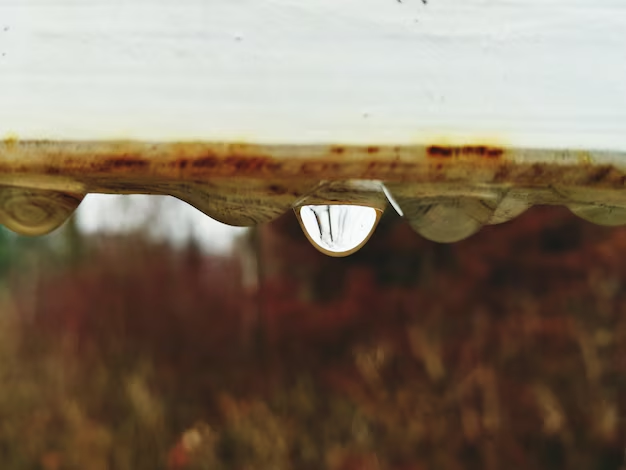Is It Time to Replace Your Roof After Hail Damage?
When a hailstorm passes through, one of the biggest concerns for homeowners is the potential damage to their roof. But how do you know when it's necessary to replace it? Understanding the extent of damage and its implications is crucial for making an informed decision.
Recognizing the Signs of Hail Damage
Hail can vary significantly in size and density, from small pebbles to golf ball-sized ice chunks. Even moderately sized hail can wreak havoc on roofing materials, and not all types of roof incur damage in the same way. Here’s what to look for:
- Visible Dents and Dings: Check for indents on shingles, which might appear like dimples or bruises. Hail damage often looks like someone struck your roof with a hammer in multiple spots.
- Missing or Broken Shingles: Pieces of shingle lying on the ground or missing from the roof are evident signs of damage.
- Granule Loss: Asphalt shingles may lose granules after a hailstorm, causing dark patches and exposing the underlying mat.
When Is Roof Replacement Necessary?
Not all hail damage mandates a roof replacement. It is crucial to differentiate between cosmetic damage and functional compromise:
- Surface Damage: Minor granule loss or small dings may not necessitate a full replacement.
- Severe Damage: If the integrity of your shingles is compromised, it could lead to leaks and structural issues. Widespread cracking or significant loss of granules can warrant a replacement.
- Assessment by Professionals: Having a roofing expert evaluate the situation can prevent unnecessary replacements. If adhesive bonds are weakened or moisture barriers are damaged, a replacement could be recommended.
Exploring Financial Support Options
Replacing a roof can be significant financial burden. Fortunately, several resources and programs can help manage costs:
Insurance Claims
- Homeowner’s Insurance: Most insurance policies cover damage from natural disasters, like hailstorms. Documenting the damage thoroughly can aid in filing your claim.
Government and Community Programs
- Federal Assistance Programs: Programs like FEMA may offer financial aid in the case of severe natural disasters.
- Local Aid: Community programs can offer support, particularly after widespread damage.
Alternative Financial Solutions
If insurance and government assistance fall short, consider these options:
- Personal Loans: Many financial institutions offer loans tailored for home repairs.
- Credit Solutions: Some credit card companies provide low-interest or zero-interest offers for new purchases.
Seeking Educational and Financial Relief Opportunities
The repercussions of storm damage often extend beyond immediate repair needs. Considering financial literacy and potential relief opportunities can cushion against future unexpected expenses:
- Educational Grants: Benefit from programs designed to boost your financial knowledge. Many community colleges offer classes on managing personal finances effectively.
- Debt Relief Options: Explore consolidation or restructuring programs if storm-related expenses exacerbate existing financial burdens.
By staying informed and exploring a variety of financial avenues, you can effectively manage the recovery process and ensure your home remains a safe and secure haven. Keep communication open with insurers and professionals, and lean on available resources to navigate this potentially daunting scenario.
Financial Assistance and Relief Options:
- 🏠 Homeowner’s Insurance: Covers hail damage–ensure claims are filed promptly.
- 💰 FEMA Assistance: Potential aid after large-scale natural disasters.
- 🌍 Local Aid Programs: Community support networks available post-disaster.
- 🏦 Personal Loans: Bank-offered loans for home repair needs.
- 💳 Credit Card Solutions: Utilize low-interest offers for financing repairs.
- 📚 Financial Literacy Courses: Educational grants available at local institutions.
- 🏛 Debt Relief Solutions: Manage existing debts exacerbated by repair costs.
